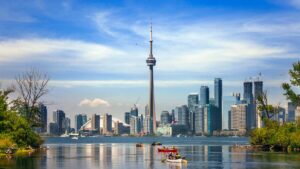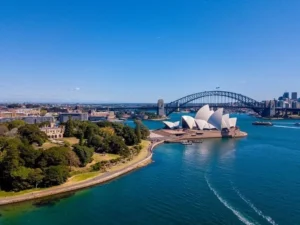Introduction
In an increasingly interconnected world, migration has become a common phenomenon that shapes the cultural landscape of many countries. As individuals move across borders in search of better opportunities, education, or refuge, they bring with them their distinct cultures, traditions, and values. These interactions between migrants and locals give rise to complex and dynamic cultural relationships that can either foster unity and diversity or lead to tensions and misunderstandings. Understanding and managing these relationships is crucial for creating inclusive societies where cultural differences are celebrated and leveraged for mutual growth.
Cultural Exchange and Enrichment
One of the most positive outcomes of cultural interactions between migrants and locals is the enrichment of the cultural tapestry. Migrants often introduce new languages, cuisines, art forms, and traditions to their host countries. This cross-pollination of cultures can lead to a more vibrant and diverse society, offering opportunities for locals to broaden their perspectives and learn about different ways of life. Cultural exchange can also foster creativity and innovation by combining ideas from various backgrounds, contributing to the development of new artistic expressions, technologies, and solutions to common problems.
Economic and Social Contributions
Migrants often play a significant role in the economic development of their host countries. They contribute to the labor force, fill gaps in specific industries, and bring diverse skills that can drive innovation. These contributions can lead to economic growth and prosperity, benefiting both migrants and locals. Additionally, interactions between migrants and locals can create social networks that promote understanding and cooperation, enhancing the overall social fabric of communities.
Challenges and Tensions
However, cultural relationships between migrants and locals can also give rise to challenges and tensions. Differences in language, customs, and traditions can sometimes lead to misunderstandings, stereotypes, and discrimination. Cultural clashes may occur when practices from one group clash with the values or norms of the other. These challenges can exacerbate feelings of exclusion and lead to social divisions if not addressed proactively.
Integration and Inclusion
Successful cultural relationships depend on the willingness of both migrants and locals to engage in meaningful interactions. Integration, which involves migrants becoming active participants in the host society, and inclusion, where they are accepted and valued for their contributions, are key factors. Governments, institutions, and civil society play a vital role in creating environments that facilitate integration and inclusion. Language and job training, access to education, and community engagement programs can all contribute to a sense of belonging for migrants.
Education and Cultural Awareness
Education plays a crucial role in fostering positive cultural relationships. Incorporating multicultural education in schools can help children and young people develop an understanding and appreciation for different cultures from an early age. Promoting cultural awareness and sensitivity among locals can reduce biases and promote empathy. Similarly, offering resources for migrants to learn about the local culture and language can facilitate smoother integration.
Shared Spaces and Activities
Shared spaces and activities provide opportunities for migrants and locals to interact in neutral settings. Cultural festivals, art exhibitions, sports events, and community projects can all serve as platforms for cross-cultural exchanges. These events create spaces where people can celebrate their diversity, build connections, and develop a sense of shared identity. Such interactions can dispel misconceptions and build bridges between different communities.
Leadership and Representation
Seeing individuals from diverse backgrounds in leadership positions and various aspects of public life can have a significant impact on cultural relationships. Representation matters, as it sends a message of inclusivity and demonstrates that migrants are valued members of society. When different voices are heard and diverse perspectives are considered, it helps in shaping policies and initiatives that promote harmony and understanding.
Conclusion
Cultural relationships between migrants and locals are multifaceted, with the potential to enrich societies while also presenting challenges. Embracing diversity and leveraging the benefits of cultural exchange can lead to social, economic, and cultural growth. However, achieving positive outcomes requires proactive efforts from governments, institutions, communities, and individuals. By fostering integration, cultural awareness, and inclusivity, societies can build bridges that promote unity in diversity, creating a more harmonious and equitable future for all.




